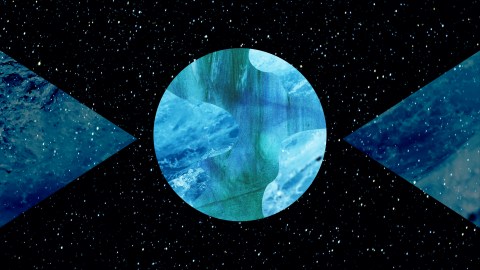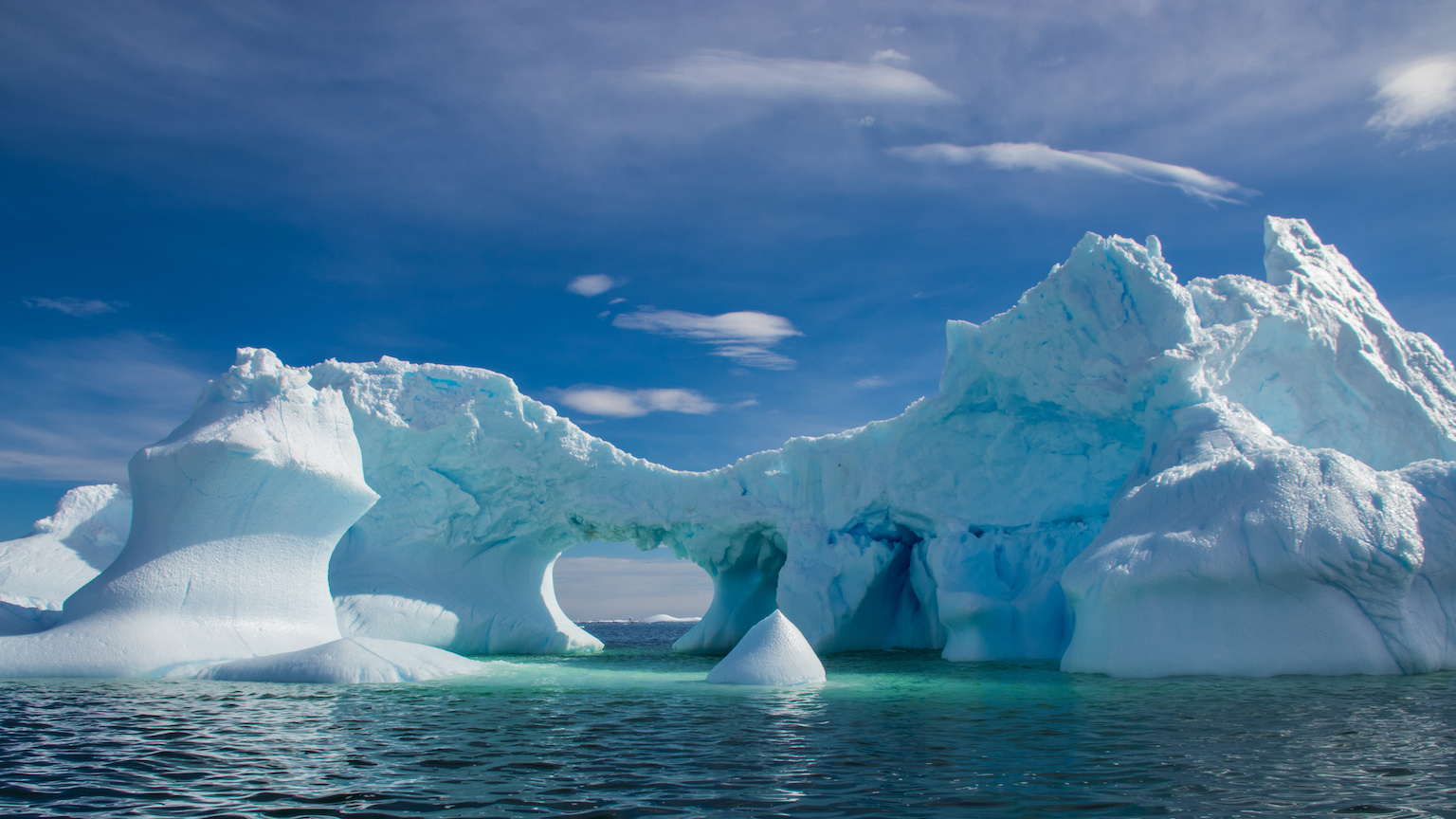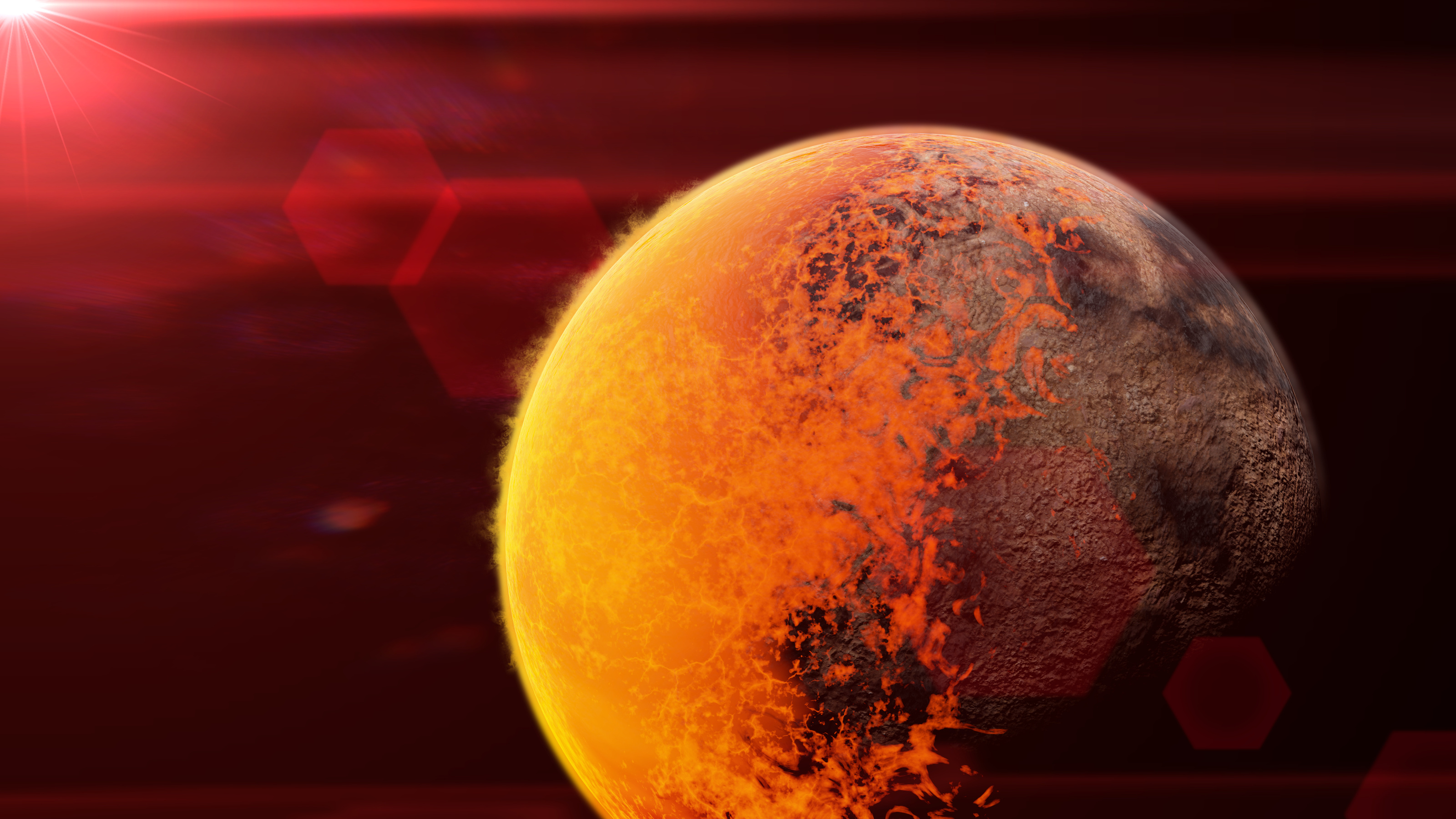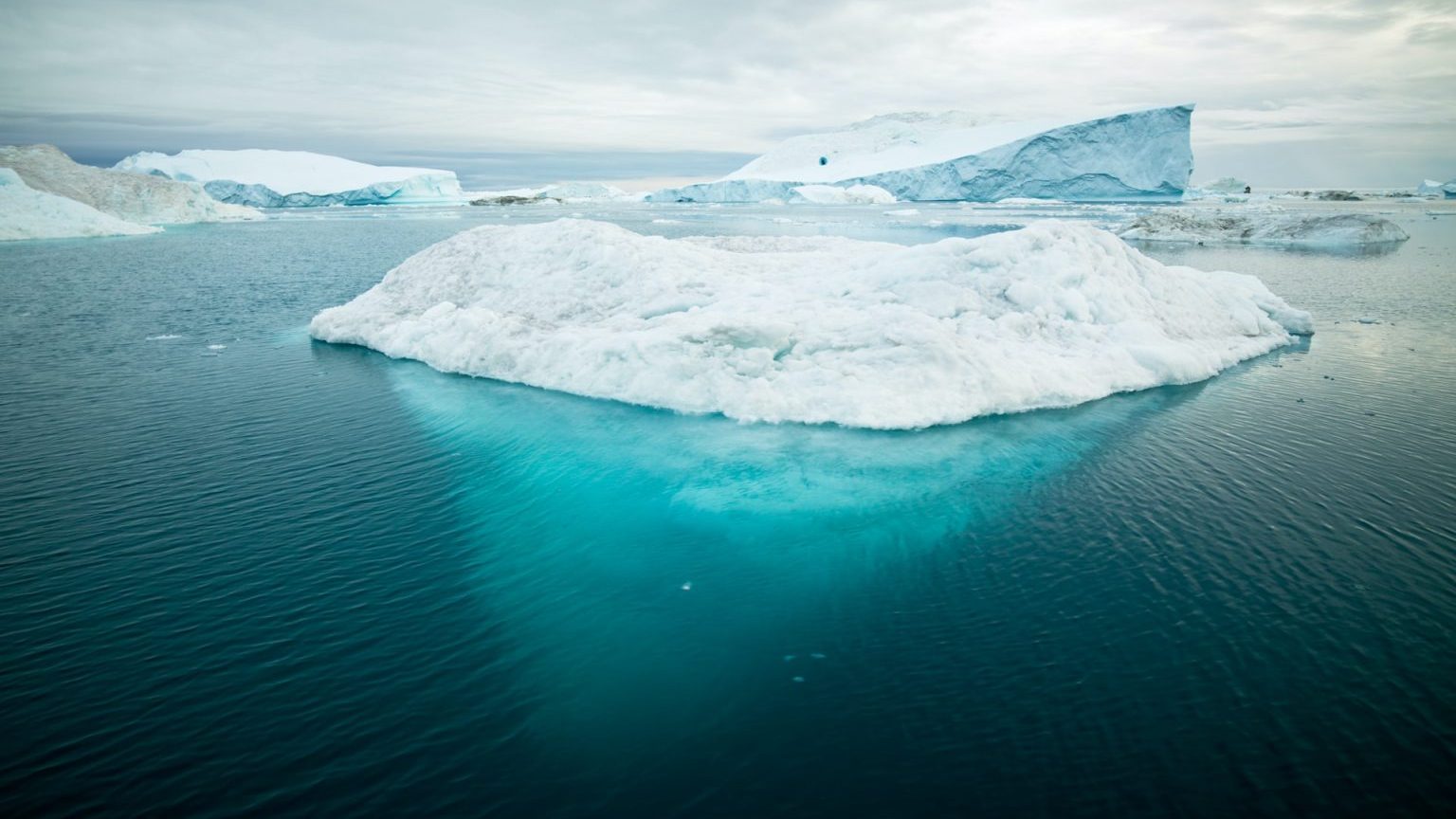How life survived “Snowball Earth”

- The Earth was not always a verdant green with blue oceans. At one time, it was a desolate ball of white.
- It is difficult to tell how much of the Earth’s surface was covered with ice during this extreme ice age, but recent research suggests that there were open waters as far north as the modern-day continental U.S.
- After enduring an age of incredible adversity, life ended up thriving.
Endless expanses of ice extend in every direction. A cold wind howls over a landscape covered in glaciers, bringing the temperature down to -50°C (-58°F). We are not standing in Antarctica, nor on another planet. Rather, we stand on a much younger Earth, 650 million years ago. During this phase of its evolution, the Earth was a frozen ball of white.
How did life survive during this phase? Scientists are divided. Some say the Earth was completely frozen — essentially a planet-sized snowball. Others suggest that the Earth was only partially frozen, with bands or localized areas of open ocean near the equator. Such an Earth would be more of a slushball. New research published in Nature Communications suggests that the Earth may indeed have been less frozen, with watery open oceans serving as oases for life farther from the equator than previously thought.
Runaway freezing
It is not known exactly why the Earth went through an intense cooling episode. At this period in time, most of the world’s landmass was huddled together near the equator. This supercontinent, Rodinia, was in the midst of breaking up. Increased rainfall runoff as the continent broke up would have weathered rocks more quickly, sucking CO2 out of the atmosphere, and lower values of CO2 do cause the Earth to cool. The Sun might also have been cooler than it is today. Finally, a massive volcanic eruption might have increased the amount of sulfur in the atmosphere. This sulfur would reflect sunlight back into space, cooling the Earth. Other triggers for cooling are possible as well.
Whatever the reasons, the Earth went through two major cooling periods between about 720 million and 630 million years ago — the Sturtian and Marinoan ice ages during the Cryogenian period. As temperatures dropped and glaciers began to spread, more and more of the land became covered with light-colored ice, which in turn reflected more light back into space, cooling the Earth further. This would result in a runaway cooling effect, which would have brought the entire planet to freezing temperatures.
Slushball Earth
Just how frozen the Earth was during this time is unknown, and debate over the matter is contentious. There are clues about where the glaciers were. These include scratches on the Earth left by moving glaciers and deposits of rocks moved by glaciers. Glaciers can move very large rocks, even boulders, and drop them in very distant places. By looking at dropstones — rocks that seem out of place in their surroundings — geologists can track glaciers’ long-ago placement and progress.
In the hard snowball model of the Earth, the entire surface of the planet was covered in glaciers that were frozen over for tens of millions of years. An ocean that is entirely covered with ice would have a hard time exchanging oxygen with the atmosphere. Such a planet would struggle to host life that requires oxygen. Life in this model might only have survived in meltwater ponds on the surface of the ice, in pockets of water under the ice, or perhaps deep within the ocean around hydrothermal vents. Yet there is no mass extinction in the fossil record at the time.
There are other problems with this model. Climate models usually cannot find a way to freeze the entire surface of the planet. So instead, other scientists proposed the slushball model. Such an Earth would have an equatorial band of open ocean, and possibly open ocean “holes” even farther from the equator. This is where the new research, led by Huyue Song of the China University of Geosciences, comes in.
Deep in the verdant Shennongjia National Forest, one of China’s remaining primary forests, exposed rocks tell the story of the icy world of this period. At the time, this part of China was located at about 30 to 40° North — approximately the latitude of the modern-day U.S. The rocks that Song and collaborators analyzed were black shale deposits that were rich in macroalgae large enough to be seen with the naked eye. The rocks were also rich in certain isotopes of nitrogen, showing that there was an active nitrogen cycle involving oxygen. To have access to oxygen, the rocks needed to have access to the atmosphere. This suggests that open ocean conditions were present farther north than anyone had previously suspected, perhaps in the form of holes in the ice.
From a frozen Earth to a great explosion
So how did this ice age end? On our current Earth, one of the ways CO2 is removed from the atmosphere is through the carbon cycle. CO2 dissolves in oceans or lakes then undergoes a series of chemical reactions to create limestone. With the Earth’s surface mostly covered in ice, this process could not take place. Eventually, CO2 would build up in the atmosphere from sources such as volcanic eruptions. Elevated levels of CO2 would then start a greenhouse effect, which would warm up the Earth once more.
As the ice began to melt, sediments and other nutrients locked inside would be transferred back to the oceans. Nutrients such as phosphorus might have contributed to the huge explosion of life that came about — a phenomenon we know as the Cambrian Explosion. During this time, the world saw a huge diversity of life emerge. It was when many of the modern, complex forms of life appeared.
Such a diversity of life followed a long period of adversity. Not only did life survive its frozen period — it ended up flourishing.





